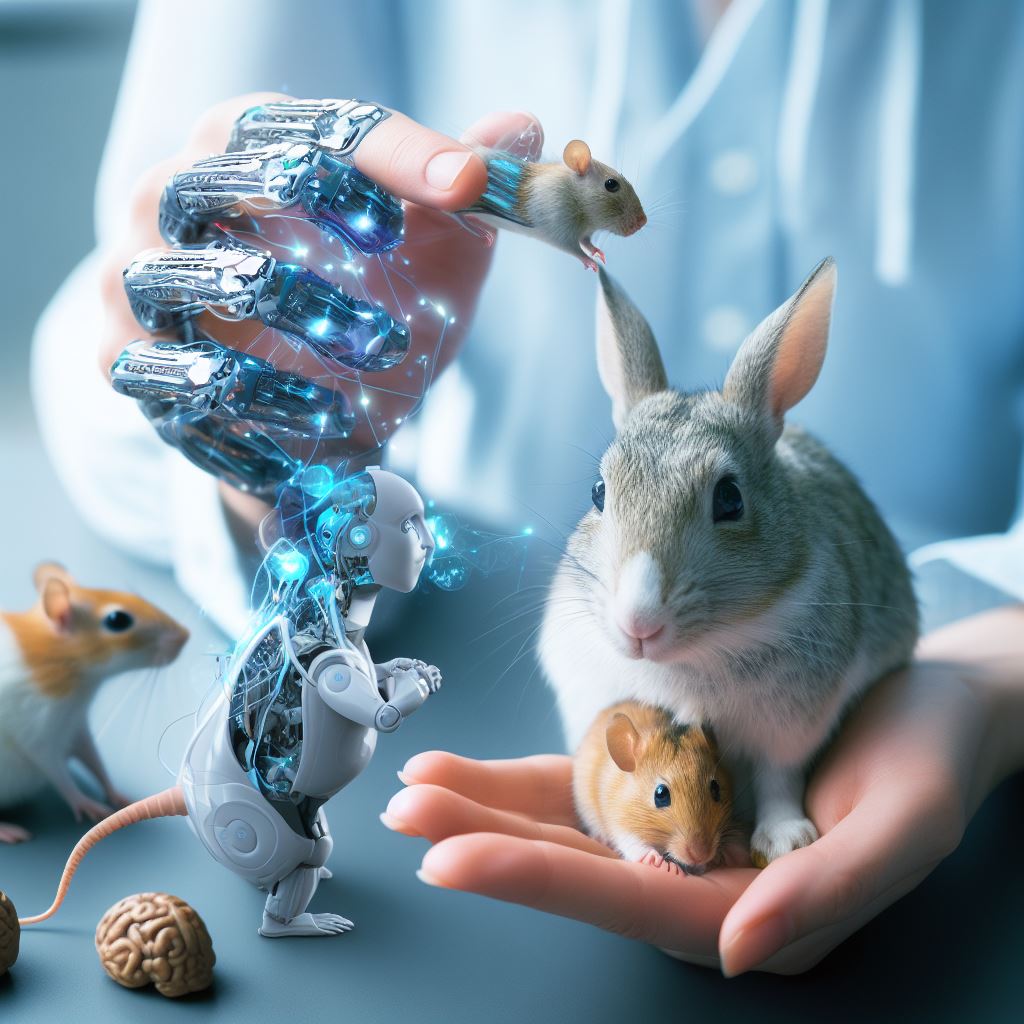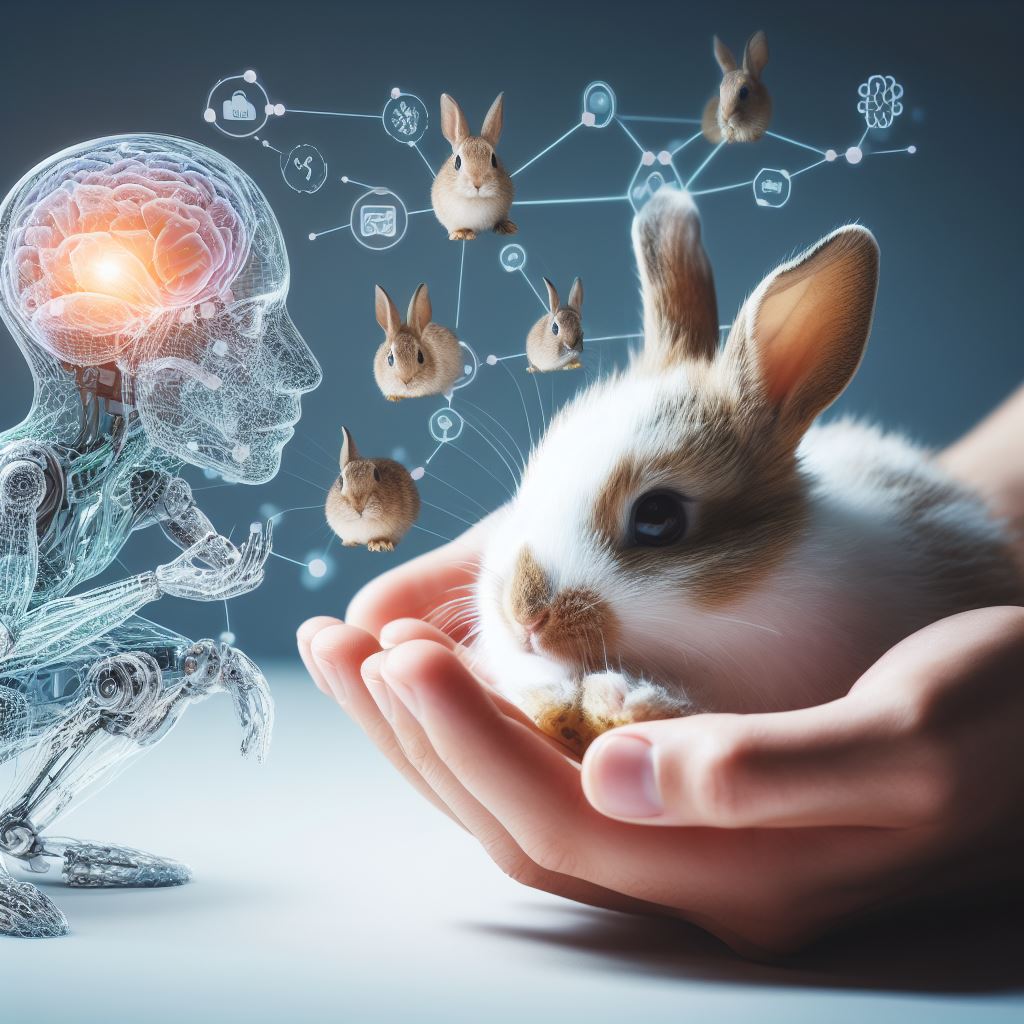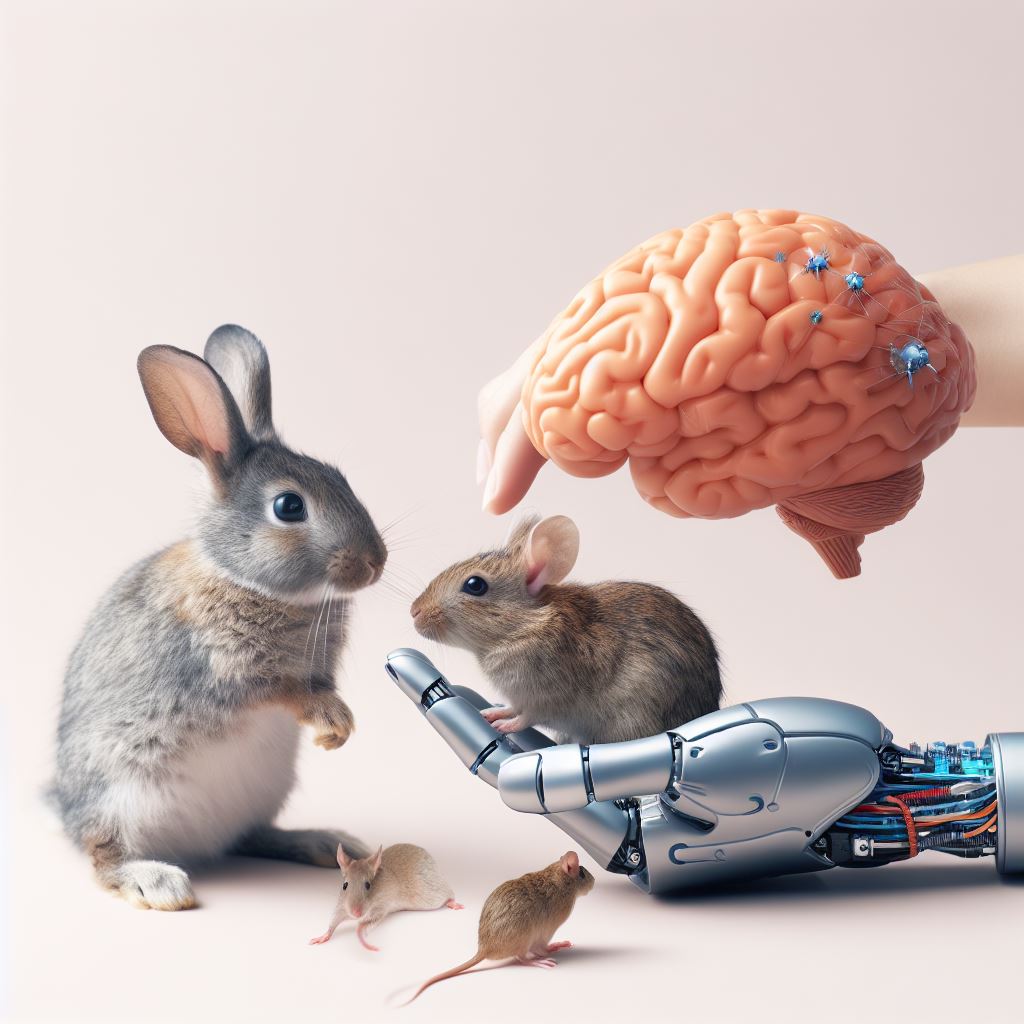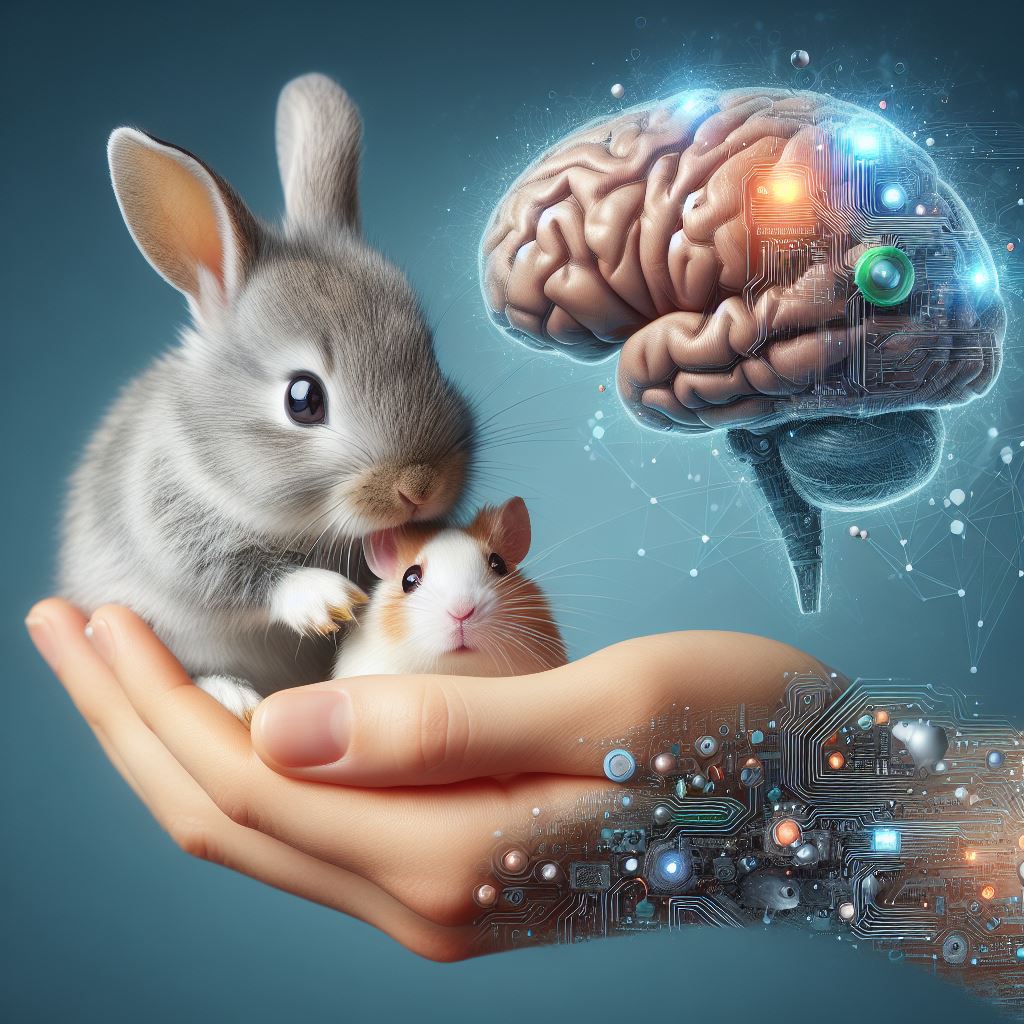In the world of artificial intelligence, a remarkable phenomenon known as the “problem of catastrophic forgetting” has perplexed researchers for years. When modern AI systems learn new information, they often tend to forget previously acquired knowledge. This issue has been a major obstacle in the path of AI evolution.
But, what if we could look to nature for solutions? Nature has already discovered answers to these challenges, tucked away in the intricate structures of rat brains. In this article, we explore how we can harness the secrets of rat brains to enhance the capabilities of AI systems.
The Essence of Catastrophic Forgetting

Before diving into the fascinating world of rat brains, let’s grasp the concept of catastrophic forgetting in artificial neural networks. When AI systems learn something new, their neural connections are adjusted, making room for fresh knowledge.
However, this often leads to the unintended erasure of previously acquired information. The consequences are clear: a lack of continuity and a limited capacity to adapt to new data. Modern AI systems face this dilemma, struggling with common sense and fine motor skills, leaving a vast room for improvement.
Learning from Nature

Astonishingly, nature has already solved these problems in the brains of the first mammals. Even a tiny rat possesses the ability to acquire new information without forgetting old data. It exhibits exquisite common sense and fine motor skills that surpass even the most sophisticated robotic arms. But how do rats achieve this?
Duality in Thinking

The key to understanding this lies in the duality of thinking that exists in all mammal brains, including ours. There are two distinct systems at play: one where you consciously pause to perform mental operations, and the other where you automatically make choices.
This duality is recognized in various fields, such as psychology (“System 2” versus “System 1”), neuroscience (“goal-directed decision making” and “habitual decision making”), and AI research (“model-based” and “model-free”). In essence, it’s the slow, inner “world model” thinking that sets the foundation for imagination, common sense, and seamless integration of old and new information.
The Missing Puzzle Piece in AI

What modern AI systems lack is this slower form of thinking. This “world model” is what allows us to plan our routes, imagine scenarios, and maintain common sense. Some AI systems can simulate possible futures, like Google Maps charting a path, or AlphaZero playing out chess moves. However, when it comes to real-world settings, they falter.
They struggle with imperfect, noisy data, an infinite array of possible actions, and evolving internal needs—challenges that rats seamlessly conquer.
The Astonishing Feat of Large Language Models
Surprisingly, large language models like GPT-4 have shown exceptional capabilities despite the absence of this slow thinking component. They can answer common-sense questions and explain their reasoning with remarkable coherence. It’s a testament to the power of scaling up model-free, System 1 artificial brains with more neurons and data. This remarkable feat of “fast” thinking paves the way for AI advancement.
Transcending the Human Brain
While the goal of AI isn’t to replicate the human brain, it’s to transcend it, preserving the good and discarding the flaws. The current path of merely scaling up neural networks with more data and neurons has its limitations. It’s crucial to understand that AI evolution must consider the incremental acquisition of intellectual faculties, mirroring the natural evolution of the human brain.
Conclusion
In the ever-evolving landscape of artificial intelligence, the secrets hidden in nature’s creations, like rat brains, offer unparalleled insights. By bridging the gap between model-free and model-based thinking, AI can become safer, more robust, and capable of fulfilling its immense potential. Learning from nature is our path to embracing AI’s promise and sculpting a utopian world of artificial intelligence.
In this comprehensive article, we’ve explored the challenges and potential solutions in the world of AI, showcasing how nature, specifically the remarkable rat brain, can be our guiding light in enhancing artificial intelligence. As we delve deeper into this subject, we uncover the secrets that could redefine the AI landscape and its limitless possibilities.